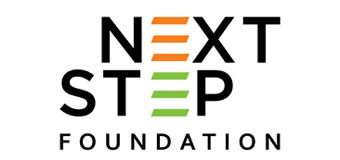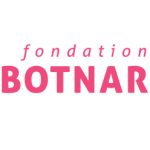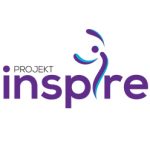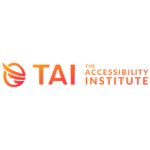Cultivating Thriving and Inclusive Workplace Culture
Creating an inclusive workplace culture is a continuous journey that requires commitment and resources. Our recent webinar, led by our Head of People, Allan Maonga explored the vital elements of fostering an inclusive environment where every team member feels valued and supported. Let’s delve into the key insights from this session to understand the path toward building a thriving and equitable workplace culture.
Understanding Disability Inclusion
At its core, an inclusive workplace actively welcomes and supports individuals from all backgrounds. It aims to create an environment where employees feel comfortable expressing their unique needs and preferences, acknowledging that people have diverse ways of processing information, interacting with colleagues, and achieving their goals.
During the webinar, we explored different models of disability inclusion:
Charity Model: Historically, this model portrayed individuals with disabilities as unfortunate, dependent, and helpless, deserving of charity and pity.
Medical Model: This model viewed disabilities as medical issues needing a cure or fix, focusing on impairments and medical treatments.
Social Model/Rights-based Approach: This perspective asserts that society, not individuals with disabilities, is the problem, emphasizing the need to identify and remove societal barriers that hinder inclusion.
Creating an inclusive workplace culture involves overcoming significant barriers. Organizations often struggle to attract and retain qualified candidates with disabilities. Misunderstanding what constitutes reasonable accommodations can hinder inclusivity, as can a lack of disability awareness within the workplace. Bias and discrimination can also impede progress, along with the absence of robust anti-discrimination policies.
The Power of Reasonable Accommodation
One vital aspect of fostering an inclusive workplace is the concept of reasonable accommodation. This proactive approach seeks to accommodate employees with both visible and invisible disabilities, leveling the playing field and enhancing overall employee performance and satisfaction.
Establishing an accessible workplace means proactively addressing barriers. This includes offering accommodations during job interviews, ensuring physical spaces and social events are accessible to all, and making digital spaces inclusive through features like closed captions.
To communicate a genuine commitment to disability inclusion, organizations can align their mission or values with inclusion and diversity. Sharing success stories of current employees with disabilities and establishing a straightforward accommodations policy further reinforces this commitment. Encouraging diverse candidates, including those with disabilities, to apply for job openings also plays a vital role.
Creating a culture where people feel comfortable discussing differences and disabilities is paramount. Some organizations establish employee resource groups (ERGs) where individuals with disabilities can share their experiences, host events, and raise awareness.
The benefits of an inclusive workplace culture extend to the entire organization. Research consistently shows that such cultures experience lower turnover, higher productivity, improved safety records, and higher morale.
Building a thriving and inclusive workplace culture isn’t just a moral imperative; it’s a strategic advantage. By embracing diversity and creating an environment where every employee can flourish, organizations can unlock their full potential while contributing to a more equitable future.
What steps is your organization taking to foster inclusivity?



















